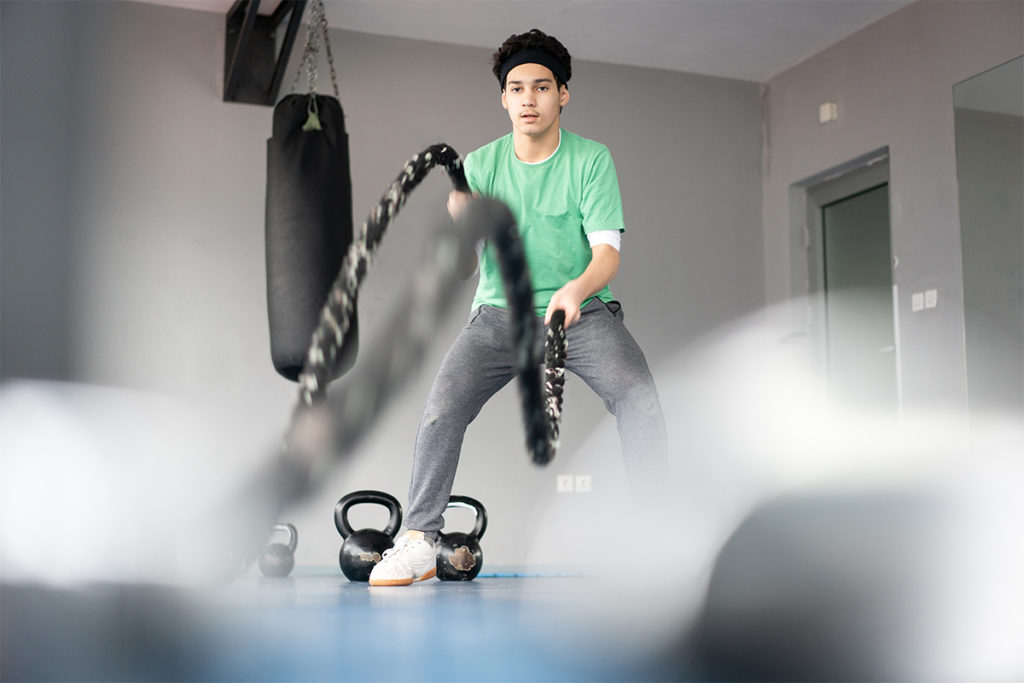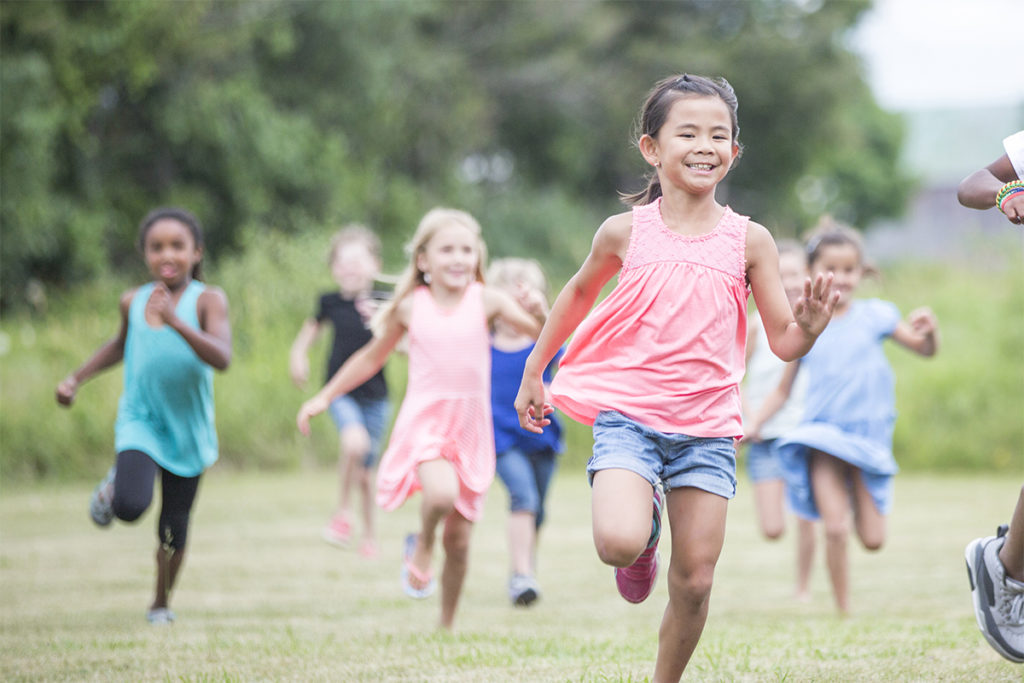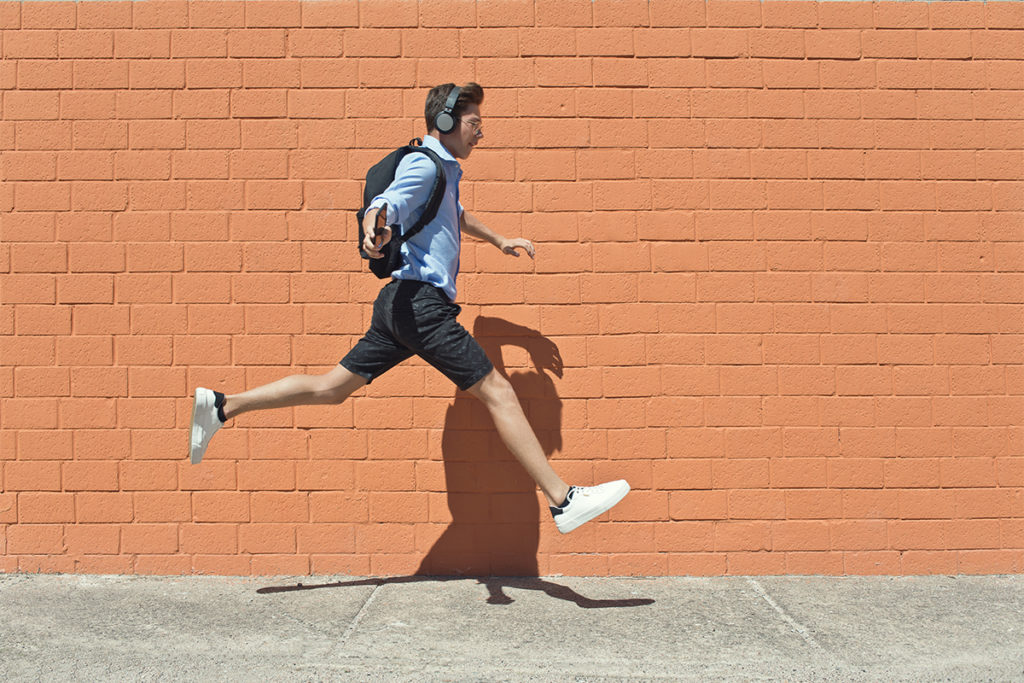Pilates Cuing: Visual, Verbal, Kinesthetic
Aware Pilates instructors know that mat class participants need a variety of cues—visual, auditory and kinesthetic—in order to master the repertoire. Combine visual, auditory and kinesthetic cues to create a successful class.
Visual Cuing
When explaining the setup and execution of an exercise, imagine that your students don’t speak your language. This can help you come up with ways to convey meaning through body language. To help people immediately identify an anatomical landmark on themselves, for example, point out that particular focal point on your own body.
This same technique gives participants a visual demonstration of where they should be feeling the work as well. While cuing leg beats in the side-lying position, give participants a feeling focus by lightly touching the abductors of the superior leg and the adductors of the inferior leg as you mention the working leg muscles. These two visual cues offer a kinesthetic cue as well.
Another visual technique is to move to an area of the room within visual access of all students during a move that has to be done on both sides. Let’s review leg beats again. Since general setup is not as crucial on the second side because students have already seen the exercise, stand and use your arms to simulate the beating-like movements of the legs, thus giving a visual execution cue with substituted body parts. Students who are lying on the floor gain instant visual access to the leg movement. You may also want to demonstrate a move before students try it.
Verbal Cuing
Use innovative cuing over habitual cues. Participants pay attention to cues that are fresh and new, but are likely to tune out cues they hear habitually. There are three steps to innovative cuing. First, imagine your clients are blind. Second, close your eyes to help yourself compose specific verbal cues for “blind” students. Third, focus on helping clients tune into something new. Specifically, for the leg beats exercise, you might describe the setup alignment as “imagining the body between two large panes of glass with the goal of not touching the panes.”
Kinesthetic Cuing
Kinesthetic cues involve helping participants engage as many of their five senses as practical to foster a deeper understanding of the movements. Kinesthetic cues use the word feeling. For example, with a single-leg stretch, try cuing, “Focus not only on feeling the stretch in the glute of the leg with the flexed knee but also on feeling the lengthening in the hamstring of the extended leg.”
Three-part cues (visual, auditory and kinesthetic) help the majority of students learn, not only how to follow, but also where to feel most of the exercises, most of the time. The result: more people tune into your cues more often.
For more information, please refer to the complete article, “Cuing in Three Dimensions,” in the online IDEA Library or in the February 2011 issue of IDEA Pilates Today. If you currently do not receive this e-newsletter and would like to, please contact us at content@ideafit.com to upgrade your membership.
Lawrence Biscontini, MA
Lawrence Biscontini, MA, has made fitness history as a mindful movement specialist, winning awards that include the Inner IDEA Visionary Award. He is a philanthropist, presenter, keynoter, and course development specialist for various companies, including ACE, AFAA, FIT and NASM. He also serves on the advisory boards for the International Council on Active Aging and Power Music®, and is an International Spa Association reporter-in-the-field for its #ISPAInterviews series. Lawrence teaches with yoga RYT 500 and decades-long certification experience. His company, Fitness Group 2000 offers scholarships to professional conferences and competitions on several continents. Lawrence runs fit camps in Puerto Rico in the winter months and has authored more than a dozen books.





